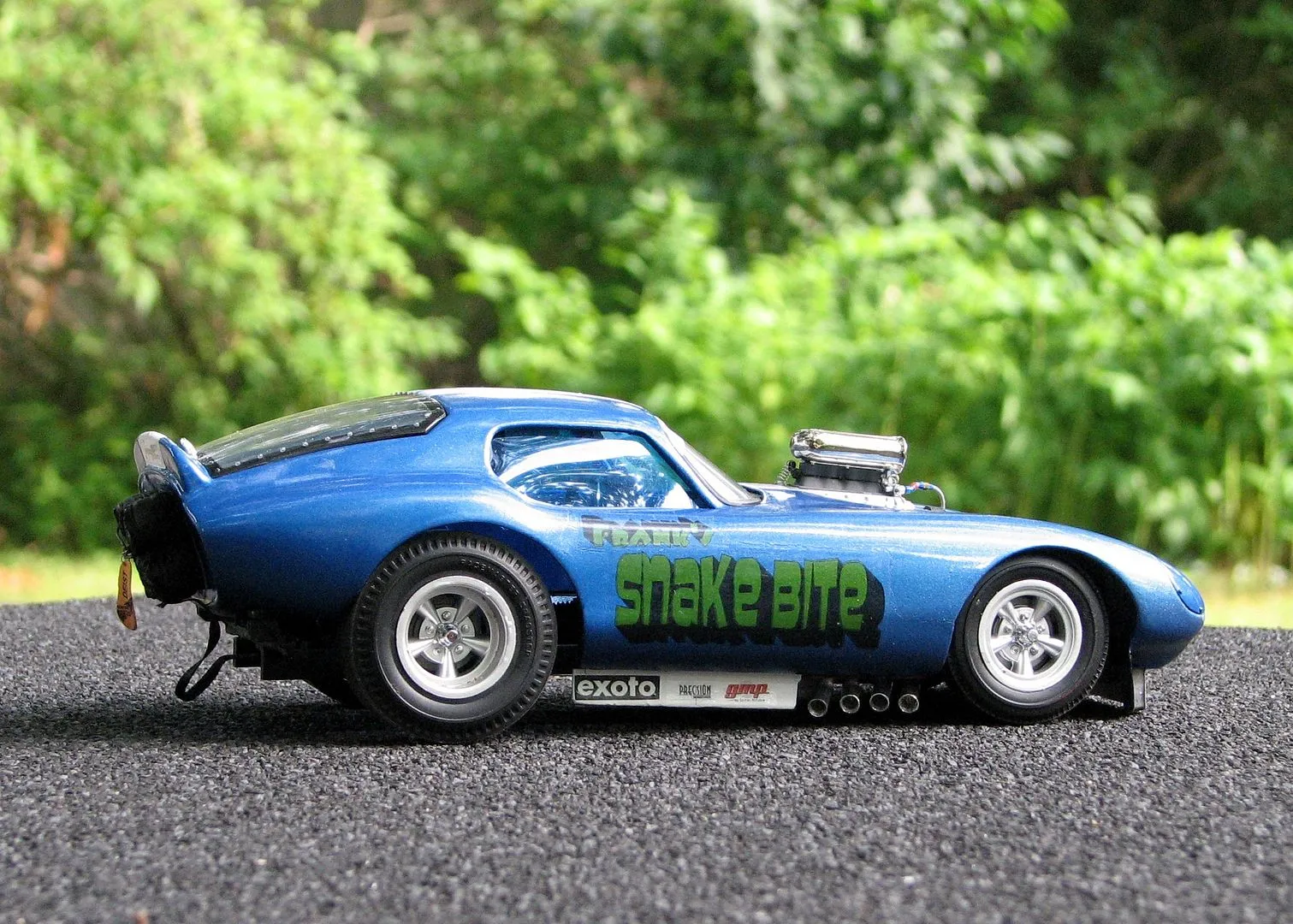What is a Diecast Car
Diecast cars are miniature automobiles produced using a die-casting process, where molten metal is injected into molds. These models are highly sought after by collectors and hobbyists. The charm of diecast cars lies in their ability to capture the essence of real-life vehicles in a smaller, highly detailed form. This guide explores seven crucial factors to consider when selecting your perfect diecast car, ensuring you make informed decisions whether you are starting or expanding your collection.
Scale and Size Matters
Scale is a fundamental aspect of diecast car collecting. It determines the size of the model relative to the real car. Common scales include 1:18, 1:24, and 1:43. Larger scales like 1:18 offer more intricate detailing, while smaller scales like 1:43 are easier to display and collect in larger numbers. The choice of scale often depends on your available space, the level of detail you desire, and the types of cars you prefer to collect. Consider the scale’s impact on your display options and the overall aesthetic of your collection.
Popular Scales for Diecast Cars
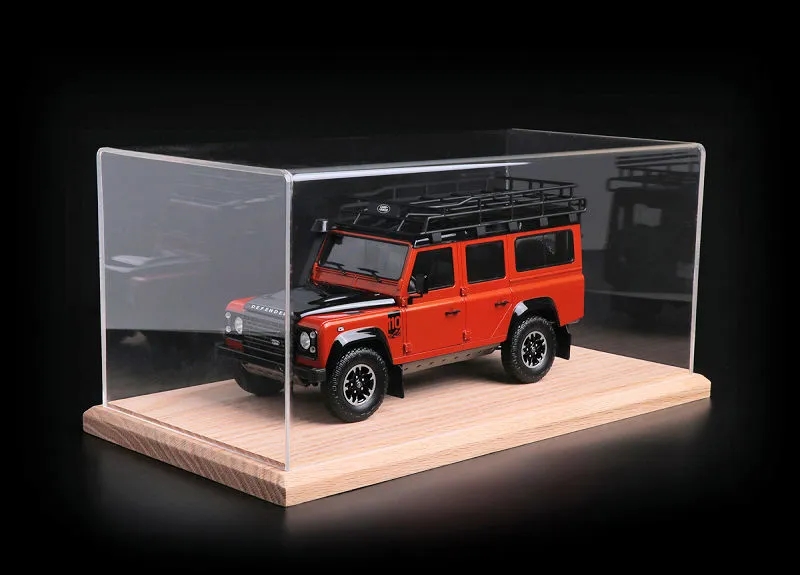
1:18 scale is known for its intricate detail and is favored by enthusiasts who appreciate precision. 1:24 is a popular scale with a great balance between detail and space-saving. 1:43 is ideal for building large collections, and its smaller size enables diverse display options. The choice of scale impacts the level of detail, the space required, and the overall cost.
Material and Build Quality
The materials and build quality of a diecast car significantly impact its value and longevity. High-quality diecast cars typically use a zinc alloy for the body, which provides durability and a realistic weight. Examine the paint finish for any imperfections, such as bubbles or unevenness. Check the moving parts, such as doors and wheels, to ensure they operate smoothly. Solid construction and quality materials are indicators of a valuable collectible that will last.
The Importance of Detailing
Detailing sets a diecast car apart. Examine the engine bay, interior, and undercarriage for accuracy. Look for features like detailed dashboards, realistic seatbelts, and accurately reproduced engine components. High-quality detailing adds to the model’s realism and visual appeal. The precision and accuracy of the details reflect the manufacturer’s commitment to quality and authenticity. Detailed models are more desirable among collectors.
Authenticity and Licensing
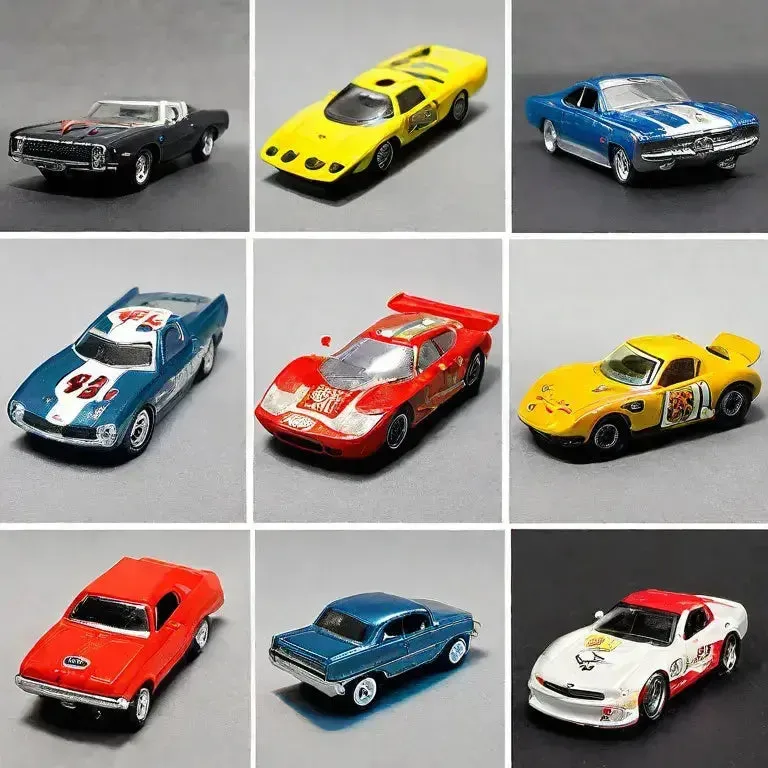
Authenticity and licensing are crucial considerations. Licensed diecast cars are produced with the official permission of the car manufacturers. These models often feature accurate details, such as logos, badges, and paint schemes, which add to their collectibility. Check for official licensing to ensure the model accurately represents the real vehicle. Licensed models often hold more value due to their accuracy and association with the brand.
The Significance of Rarity
Rarity can significantly influence the value of a diecast car. Limited editions, exclusive releases, and models with low production numbers are highly sought after. Rarity often translates to higher prices and greater collectibility. Research the production numbers of the models you are interested in. Limited editions often appreciate in value over time, making them attractive investments for collectors. Keep an eye out for special releases and limited-edition models to enhance your collection.
Where to Find Limited Editions
Limited editions are often available from specialist retailers, online auctions, and directly from manufacturers. Keep an eye on manufacturer announcements and collector forums for release information. Be prepared to act quickly as these models often sell out rapidly. Auction sites and collector marketplaces are also excellent places to find rare models, but be sure to verify the seller’s reputation and the model’s authenticity before making a purchase. Participating in collector communities can also provide valuable information.
Price and Budget Considerations
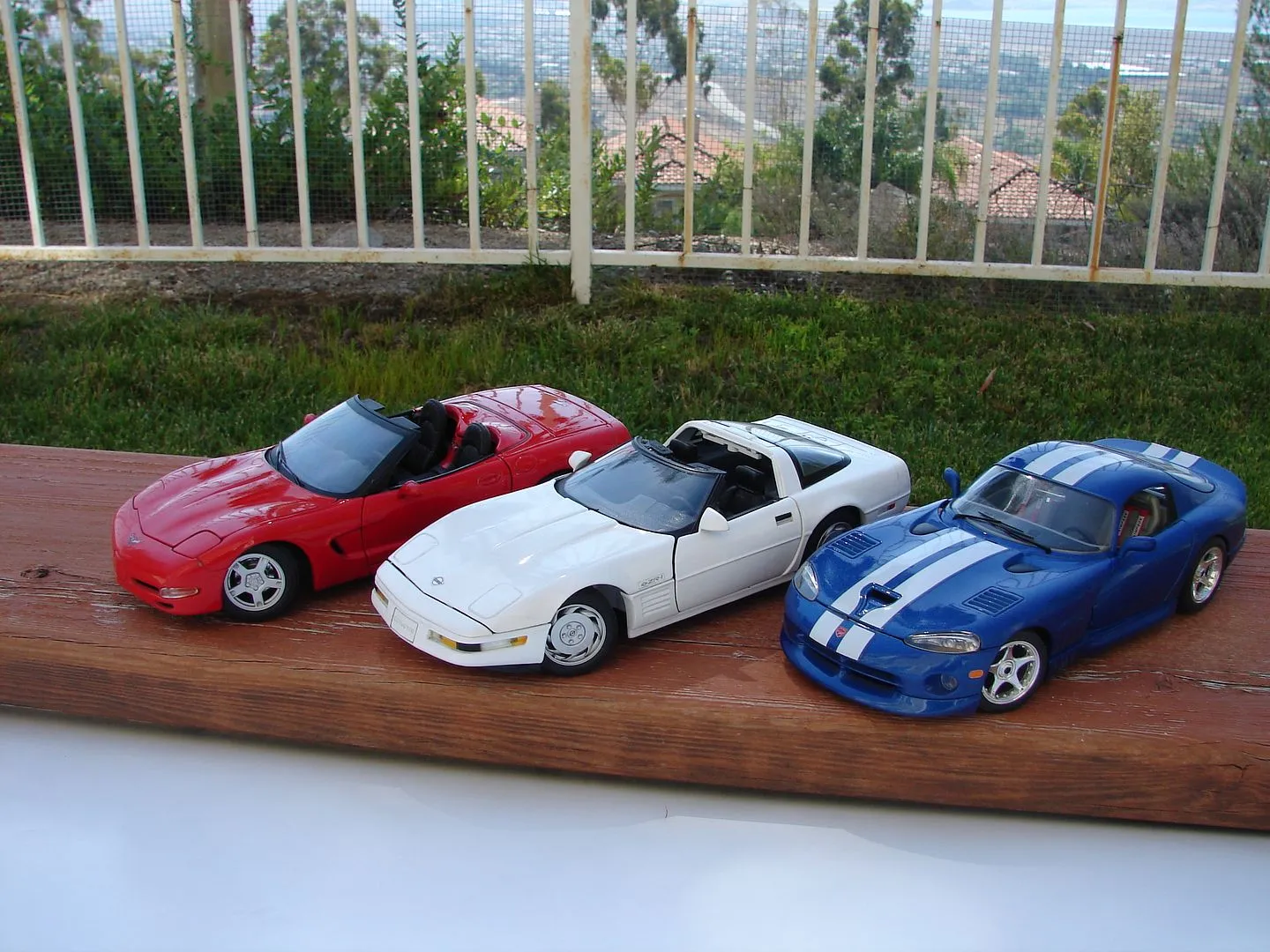
Diecast cars range in price depending on the scale, detailing, brand, and rarity. Set a budget before you start collecting to avoid overspending. Research the average prices of the models you are interested in. Consider the long-term value of your collection and how your spending aligns with your collecting goals. Compare prices from different retailers and online marketplaces to get the best deals. Consider the price relative to the quality and features offered by the model.
Online vs. Physical Stores
Both online and physical stores offer advantages. Online stores provide a wide selection, often at competitive prices, and convenience. Physical stores allow you to examine the models in person, assess the quality, and get expert advice. Consider the pros and cons of each option. Build relationships with local dealers for access to exclusive models. Online marketplaces offer vast options, but check seller reviews and return policies. The best approach is often a combination of both, using online resources to research and physical stores to inspect.
Collecting vs. Investment
Decide whether you are collecting for personal enjoyment or investment purposes. If you are collecting as an investment, focus on limited editions, rare models, and those with potential for value appreciation. Research market trends and collector preferences. If your primary goal is enjoyment, focus on models that appeal to your personal tastes and interests. Regardless of your primary goal, consider the potential for future value when making purchases. Maintain your models carefully to preserve their value.
The Impact of Packaging

Packaging can significantly affect a diecast car’s value. Keep original boxes and packaging in good condition. Collectors often value models with their original packaging. The packaging protects the model and adds to its collectibility. If you intend to resell your models in the future, packaging is essential for maintaining their value. Store the packaging separately and handle it with care.
Displaying and Caring for Your Collection
Proper display and care are crucial for preserving your diecast cars. Display your models in a dust-free environment away from direct sunlight. Use display cases to protect your collection from dust, damage, and theft. Handle your models with clean hands and avoid touching delicate parts. Regular care and maintenance will ensure your collection remains in excellent condition for years to come.
Proper Storage Techniques
Store your diecast cars in a cool, dry place away from extreme temperatures and humidity. Avoid storing them in attics or basements. Use display cases or storage boxes to protect your models from dust and damage. If storing models for extended periods, consider wrapping them in acid-free tissue paper to prevent scratches. Proper storage preserves the condition and value of your models.
Cleaning and Maintenance
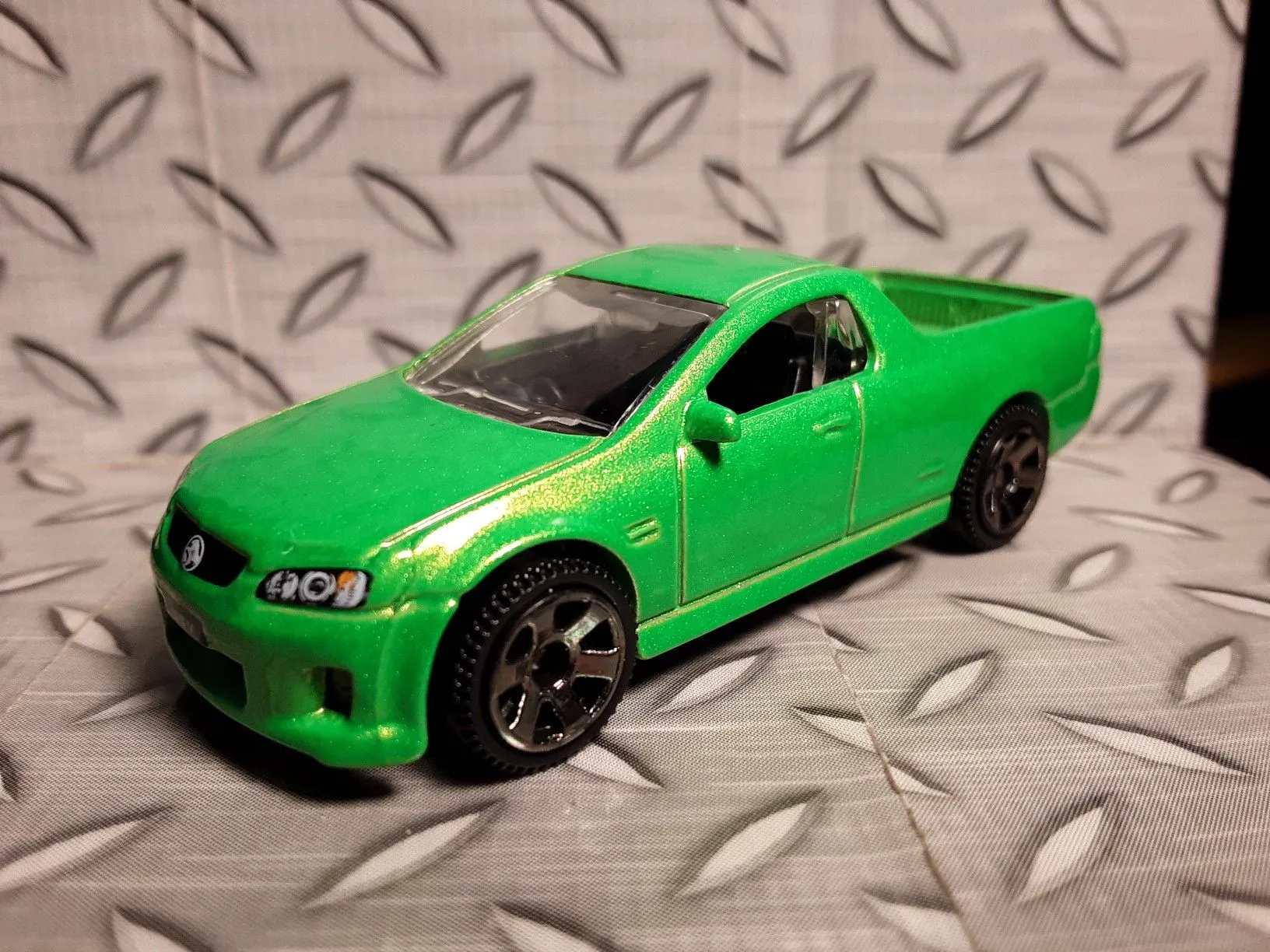
Regular cleaning and maintenance are important. Dust your models regularly with a soft brush or microfiber cloth. Avoid using harsh chemicals or abrasive cleaners. Use a gentle cleaner specifically designed for model cars. Check the moving parts, such as wheels and doors, and lubricate them as needed. Careful cleaning and maintenance will keep your diecast cars looking their best and preserve their value. Always consult the manufacturer’s guidelines for specific care instructions.
In conclusion, collecting diecast cars is a rewarding hobby that requires careful consideration of various factors. By understanding scale, materials, detailing, authenticity, rarity, and pricing, you can build a collection that brings you joy and potentially increases in value over time. Remember to consider your budget, storage, and display options to protect your investment and enjoy your models for years to come. Whether you are a seasoned collector or just starting, the factors outlined above will help you make informed decisions and enhance your collecting experience.
